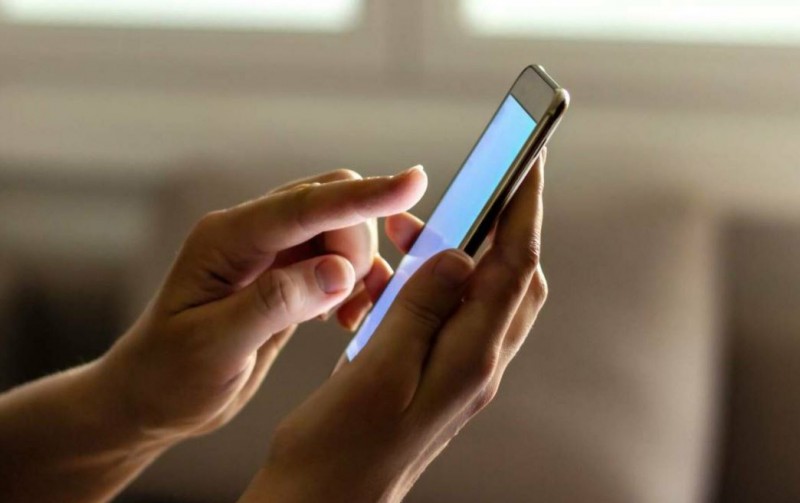
In today's digital age, mobile devices have become an indispensable part of our daily lives. From staying connected to work, friends, and family to accessing information and entertainment, smartphones and laptops offer unparalleled convenience. However, with the widespread adoption of online classes and remote work setups accelerated by the COVID-19 pandemic, the amount of time individuals spend on screens has surged dramatically.
The Shift in Screen Time Patterns
Before the pandemic, adults typically spent around 11 hours a day on screens. Post-pandemic, this figure has escalated to as much as 19 hours daily for some individuals, according to recent studies. This increase can be attributed to the shift towards virtual interactions, online learning, and working from home. While these technologies have facilitated continuity in education and employment, they have also blurred the boundaries between work and personal time, leading to prolonged screen exposure.
Understanding the Impact
Extended screen time has been linked to various negative health implications, both physical and mental:
Sleep Disturbances: Prolonged exposure to screens, especially during evening hours, can disrupt sleep patterns. The blue light emitted by screens interferes with the production of melatonin, a hormone that regulates sleep.
Eye Strain and Vision Problems: Continuous focusing on screens can cause eye strain, dry eyes, and headaches. Moreover, prolonged exposure to blue light may contribute to long-term vision problems.
Physical Inactivity: Excessive screen time often correlates with a sedentary lifestyle, reducing opportunities for physical activity. This lack of movement can lead to weight gain, muscle stiffness, and cardiovascular issues.
Mental Health Concerns: Studies have shown that spending too much time on screens is associated with increased risks of anxiety, depression, and stress. The constant connectivity and exposure to digital media can also impact attention span and cognitive function.
Expert Recommendations
Experts suggest that striking a balance between digital engagement and offline activities is crucial for overall well-being. Here are some practical tips to manage screen time effectively:
Set Screen Time Limits: Use built-in features on smartphones or third-party apps to set daily limits for screen time. Gradually reduce these limits over time to achieve a healthier balance.
Establish Tech-Free Zones: Designate certain areas or times of the day as tech-free zones, such as during meals or before bedtime. This encourages face-to-face interactions and relaxation without digital distractions.
Practice the 20-20-20 Rule: To alleviate eye strain, follow the 20-20-20 rule—every 20 minutes, look at something 20 feet away for at least 20 seconds.
Engage in Physical Activities: Allocate time for regular physical exercise and outdoor activities to counteract the sedentary effects of screen time.
Monitor and Reflect: Periodically assess your screen time habits and their impact on your well-being. Adjust your routines as needed to prioritize activities that promote physical, mental, and emotional health.
While mobile devices offer unparalleled connectivity and convenience, excessive screen time can have detrimental effects on health and well-being. By adopting mindful usage habits and incorporating regular breaks and physical activities into daily routines, individuals can mitigate the negative impacts of prolonged screen exposure. Striking a balance between digital engagement and offline activities is key to fostering a healthier lifestyle in the digital age.
BIMSTEC Foreign Ministers Meet PM Modi on Regional Cooperation
Why Sleeping with Your Mobile Phone Can Harm Your Health
The Miraculous Benefits of Halim Seeds: A Superfood for Overall Health